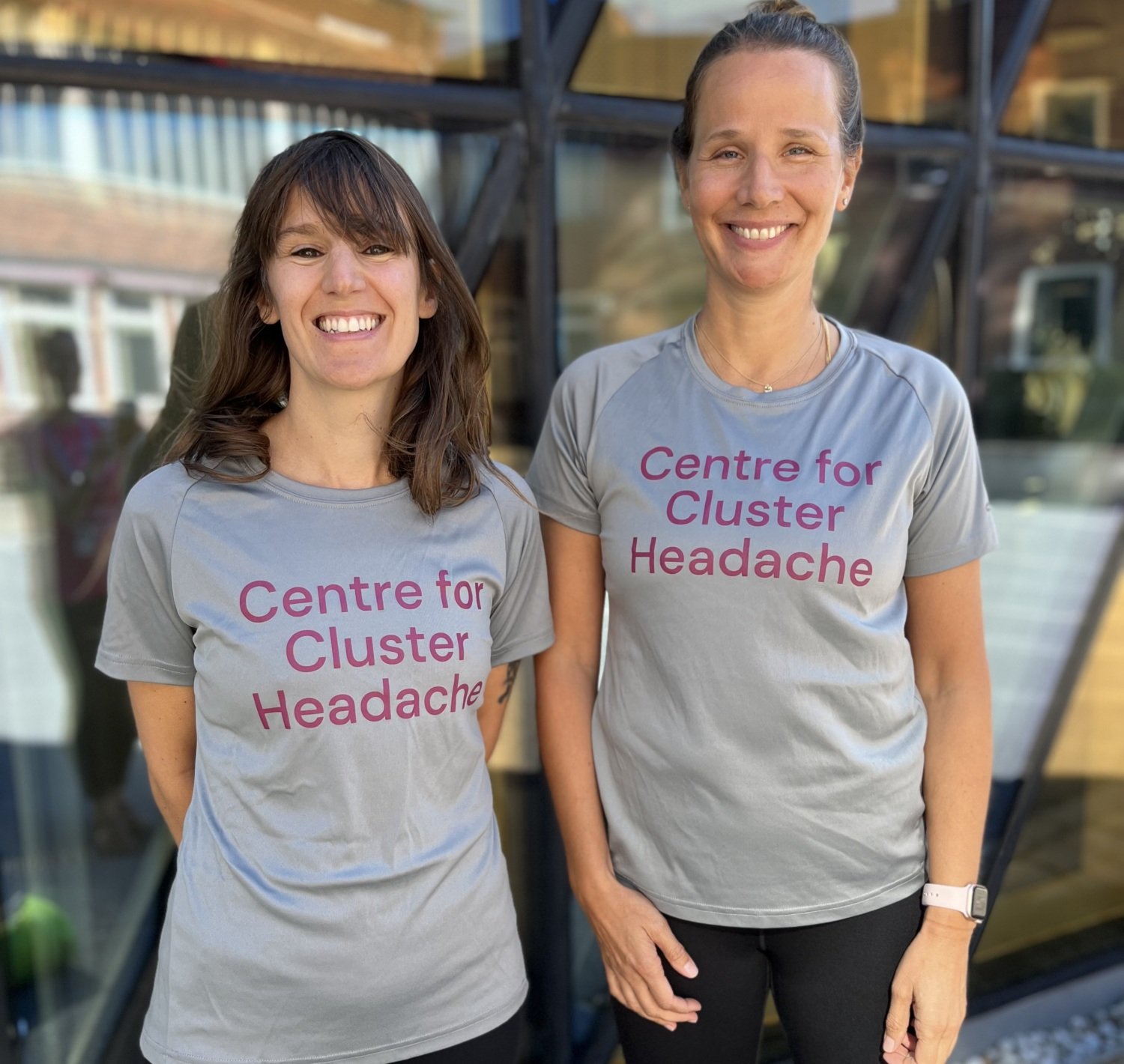Genes and environmental factors behind severe headache identified

Cluster headache, one of the most painful diseases known to man, is genetically correlated with risk-taking behaviour, ADHD, depression and musculoskeletal pain, and smoking is a causal risk factor, according to an article published in Annals of Neurology.
The article deals with genetics and cluster headache and is the first publication within the International Consortium for Cluster Headache Genetics (CCG) network, which describes it as the largest genetic study on cluster headache. Eight regions (loci) in our genome have been identified as linked to cluster headache and smoking is a causative risk factor. Understanding these genetic findings could lead to better treatments.
What does the study show?
"The study is a genome wide association study (GWAS), where we compared the frequency of genetic markers across the entire genome (all chromosomes), between individuals with cluster headaches and controls," explains Caroline Ran, co-first author and researcher at the Department of Neuroscience.
The study is the largest of its kind and the researchers identified a total of eight loci linked to disease when they combined data from ten European and one East Asian cohort. Three of the identified loci were shared with migraine, another more common primary headache disorder. In these regions, there are 20 genes enriched in arterial and brain tissue, tissues relevant to the pathology of the disease.
"We were also able to observe that cluster headaches are genetically correlated with risk-taking behaviour, ADHD, depression and musculoskeletal pain, and that smoking is a causal risk factor," continues Caroline Ran.
Why are the results important?
"The study provides clues to the biological basis of cluster headache and indicates that smoking is a causative factor," says Andrea Carmine Belin, co-last author and senior researcher, who also runs the Centre for Cluster Headache at Karolinska Institutet. “We have identified a total of eight chromosomal regions linked to disease, five of which have previously been known.”

This is the first study that can confirm previously identified genetic markers in several independent European materials, with over 5,500 patients and over 31,500 controls. The study has also identified a genetic link with migraine, which may lead to important insights into the treatment of patients with primary headaches.
How was the study conducted?
"Through a long-term collaboration between our research group and a team of neurologists, we have built up a unique biobank with biological samples from patients with cluster headache and controls in Sweden and established the world's first centre for cluster headache," says Caroline Ran.
Using this biobank, the researchers have analysed over 500,000 genetic markers across the entire genome and compared the frequency between sick and healthy individuals. Within the CCG network, they have combined data from ten cohorts from Europe and one from East Asia. Associations were identified with bioinformatic analisis and candidate genes in these regions were selected using five complementary methods: expression quantitative trait loci, transcriptome-wide association, fine-mapping, DNA methylation, and effect on protein structure.
What is the next step?
"The next step will be to include material from other parts of the world to see if these genetic findings are similar or if they differ between different regions”, says Caroline Ran.
Within the CCG network, chaired by Andrea Carmine Belin, collaborations with South Korea, Japan, and the United States, among others, have already been established. The researchers will also study genes located in chromosomal regions linked to disease in more detail.
The Swedish Brain Foundation and the Mellby Gård Foundation have been the main financiers of the study. Partners are Oslo University Hospital, Leiden University Medical Center, University Medical Center Hamburg-Eppendorf, University of Copenhagen University Hospital, University of Cologne, University College London, and more.
Publication
Cluster Headache Genomewide Association Study and Meta-Analysis Identifies Eight Loci and Implicates Smoking as Causal Risk Factor.
Winsvold, B. S., Harder, A. V. E., Ran, C., Chalmer, M. A., Dalmasso, M. C., Ferkingstad, E., Tripathi, K. P., Bacchelli, E., Børte, S., Fourier, C., Petersen, A. S., Vijfhuizen, L. S., Magnusson, S. H., O'Connor, E., Bjornsdottir, G., Häppölä, P., Wang, Y. F., Callesen, I., Kelderman, T., Gallardo, V. J., … International Consortium for Cluster Headache Genetics (2023). Annals of neurology, 10.1002/ana.26743. Advance online publication.
